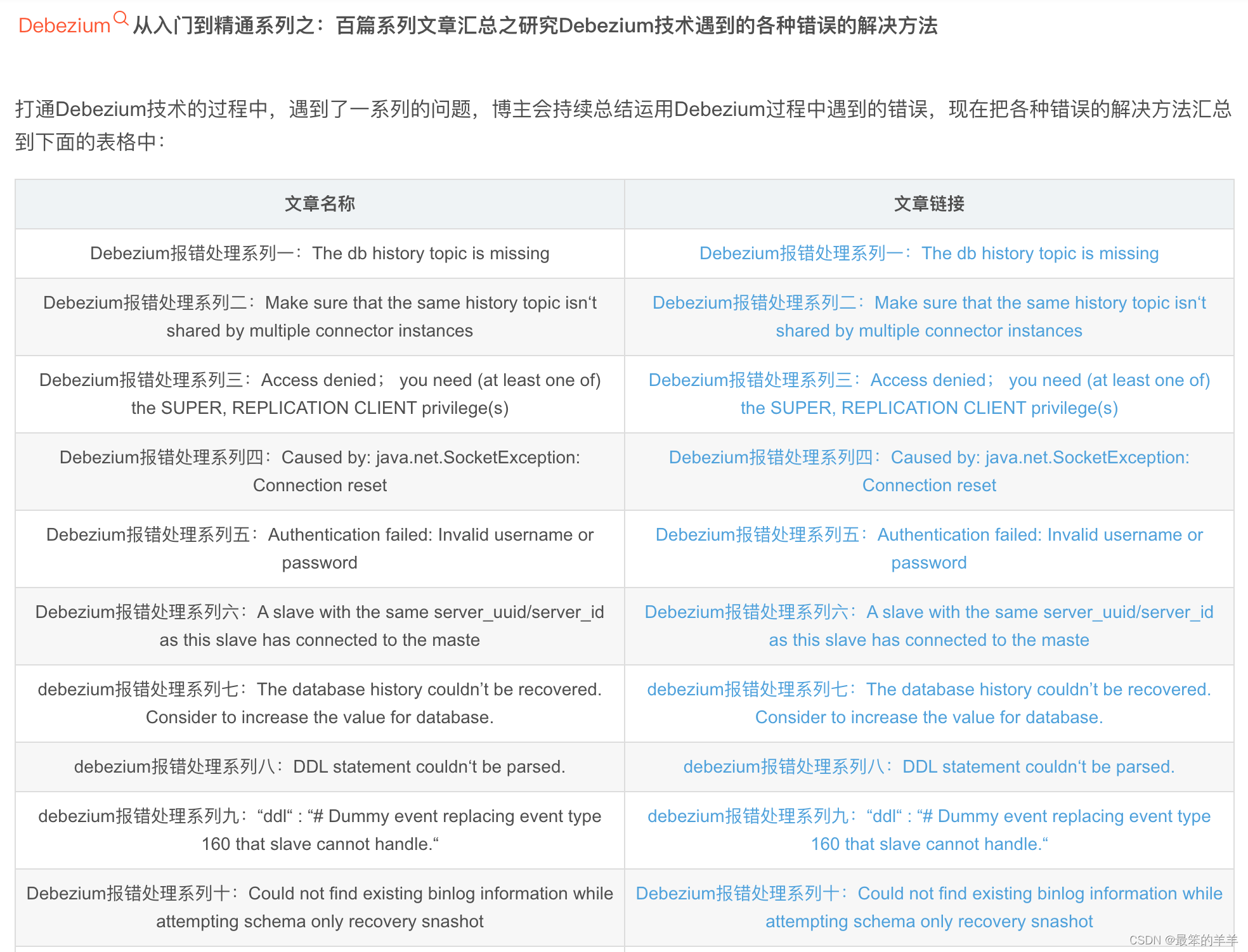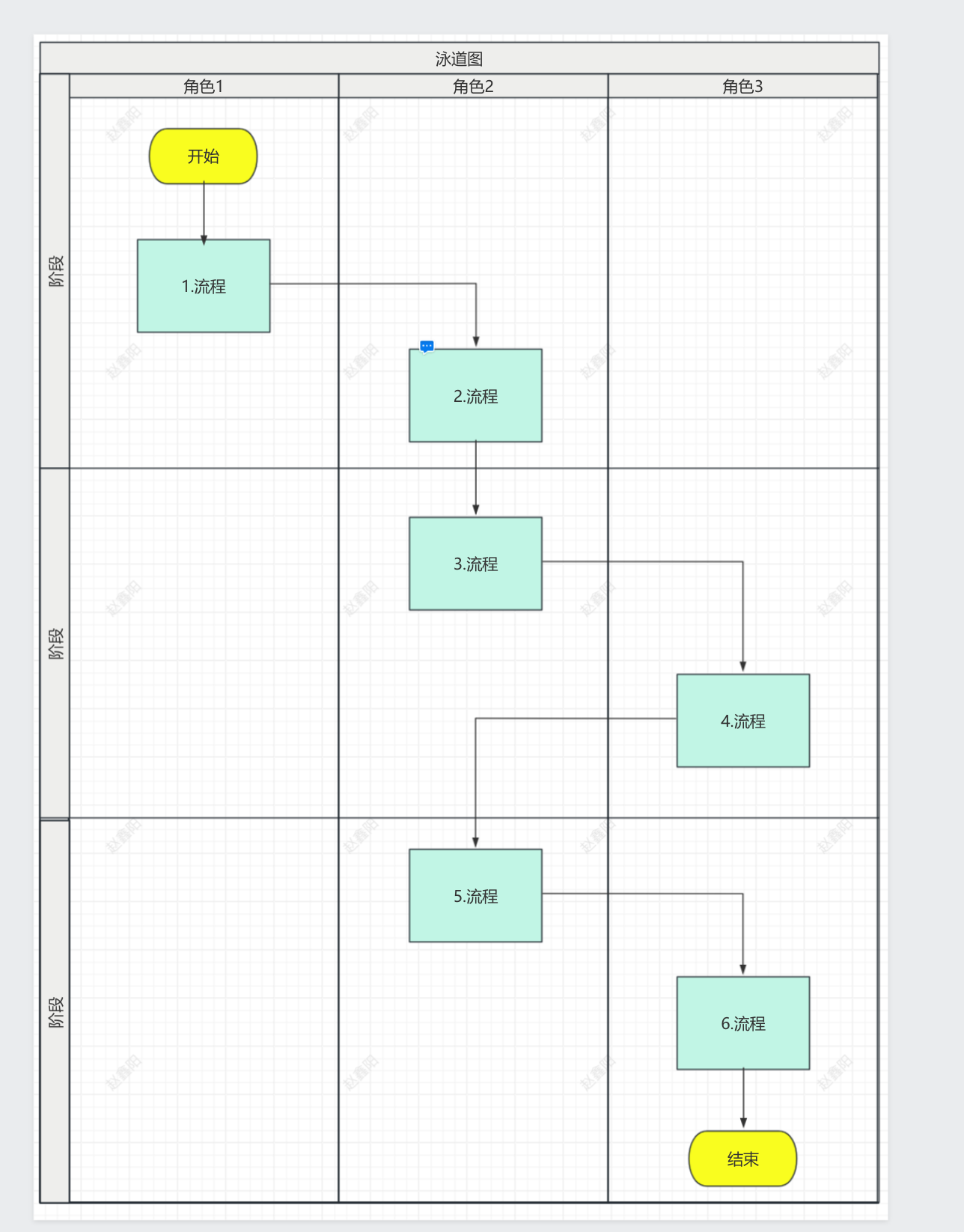接口自动化












# 获取图片验证码
import requests
response = requests.get(url="http://kdtx-test.itheima.net/api/captchaImage")
print(response.status_code)
print(response.text)import requests
url = "http://kdtx-test.itheima.net/api/login"
header_data = {
"Content-Type":"application/json"
}
login_data = {
"username":"admin",
"password":"HM_2023_test",
"code":2,
"uuid":"247dec0137944faeaf539d4d644ee92a"
}
response = requests.post(url=url,headers=header_data,json=login_data)
print(response.status_code)
print(response.json())


# login api
import requests
class LoginAPI:
def __init__(self):
self.url_verify = "http://kdtx-test.itheima.net/api/captchaImage"
self.url_login = "http://kdtx-test.itheima.net/api/login"
# 验证码
def get_verify_code(self):
return requests.get(url=self.url_verify)
# 登录
def login(self, test_data):
# 不用headers 因为json 默认 content-Type : application/json
return requests.post(url=self.url_login, json=test_data)
from api.login import LoginAPI
import unittest
# 调用
class TestContractBusiness(unittest.TestCase):
def setUp(self):
self.login_api = LoginAPI()
def tearDown(self):
pass
def test01_login_success(self):
res_v = self.login_api.get_verify_code()
print(res_v.status_code)
print(res_v.json())
print(res_v.json().get("uuid"))
login_data = {
"username": "admin",
"password": "HM_2023_test",
"code": 2,
"uuid": res_v.json().get("uuid")
}
res_l = self.login_api.login(test_data=login_data)
print(res_l.status_code)
print(res_l.json())import requests
class CourseAPI:
def __init__(self):
self.url_add_course = "http://kdtx-test.itheima.net/api/clues/course"
self.url_select_course = "http://kdtx-test.itheima.net/api/clues/course/list"
def add_course(self, test_data, token):
return requests.post(url=self.url_add_course, json=test_data, headers={"Authorization": token})
return requests.post(url=self.url_add_course, json=test_data, headers={"Authorization": token})
json headers自动设置Content-Type = application/jsonfrom api.login import LoginAPI
from api.course import CourseAPI
import unittest
class TestContractBusiness(unittest.TestCase):
token = None
def setUp(self):
self.login_api = LoginAPI()
self.course_api = CourseAPI()
def tearDown(self):
pass
def test01_login_success(self):
# 获取验证码
res_v = self.login_api.get_verify_code()
# print(res_v.status_code)
print(res_v.json())
# 打印uuid
print(res_v.json().get("uuid"))
# 登录
login_data = {
"username": "admin",
"password": "HM_2023_test",
"code": 2,
"uuid": res_v.json().get("uuid")
}
res_l = self.login_api.login(test_data=login_data)
print(res_l.status_code)
print(res_l.json())
TestContractBusiness.token = res_l.json().get("token")
print(TestContractBusiness.token)
# 课程新增成功
def test02_add_course(self):
add_data = {"name": "测试开发提升课", "subject": "6", "price": 899, "applicablePerson": "2", "info": "测试开发提升课"}
response = self.course_api.add_course(test_data=add_data, token=self.token)
print(response.json())上传文件

import requests
class ContractAPI:
def __init__(self):
self.url_upload = "http://kdtx-test.itheima.net/api/common/upload"
self.url_add_contract = "http://kdtx-test.itheima.net/api/contract"
# 合同上传接口
def upload_contract(self, test_data, token):
return requests.post(url=self.url_upload, files={"file": test_data}, headers={"Authorization": token})
from api.login import LoginAPI
from api.course import CourseAPI
from api.contract import ContractAPI
import unittest
class TestContractBusiness(unittest.TestCase):
token = None
def setUp(self):
self.login_api = LoginAPI()
self.course_api = CourseAPI()
self.contract = ContractAPI()
def tearDown(self):
pass
def test01_login_success(self):
# 获取验证码
res_v = self.login_api.get_verify_code()
# print(res_v.status_code)
print(res_v.json())
# 打印uuid
print(res_v.json().get("uuid"))
# 登录
login_data = {
"username": "admin",
"password": "HM_2023_test",
"code": 2,
"uuid": res_v.json().get("uuid")
}
res_l = self.login_api.login(test_data=login_data)
print(res_l.status_code)
print(res_l.json())
TestContractBusiness.token = res_l.json().get("token")
print(TestContractBusiness.token)
# 课程新增成功
def test02_add_course(self):
add_data = {"name": "测试开发提升课", "subject": "6", "price": 899, "applicablePerson": "2", "info": "测试开发提升课"}
response = self.course_api.add_course(test_data=add_data, token=self.token)
print(response.json())
# 上传合同成功
def test03_upload_contract(self):
f = open("../data/test.pdf", "rb")
response = self.contract.upload_contract(test_data=f, token=TestContractBusiness.token)
print(response.json())import requests
class ContractAPI:
def __init__(self):
self.url_upload = "http://kdtx-test.itheima.net/api/common/upload"
self.url_add_contract = "http://kdtx-test.itheima.net/api/contract"
# 合同上传接口
def upload_contract(self, test_data, token):
return requests.post(url=self.url_upload, files={"file": test_data}, headers={"Authorization": token})
# 合同新增
def add_contract(self, test_data, token):
return requests.post(url=self.url_add_contract, json=test_data, headers={"Authorization": token})from api.login import LoginAPI
from api.course import CourseAPI
from api.contract import ContractAPI
import unittest
class TestContractBusiness(unittest.TestCase):
token = None
def setUp(self):
self.login_api = LoginAPI()
self.course_api = CourseAPI()
self.contract = ContractAPI()
def tearDown(self):
pass
def test01_login_success(self):
# 获取验证码
res_v = self.login_api.get_verify_code()
# print(res_v.status_code)
print(res_v.json())
# 打印uuid
print(res_v.json().get("uuid"))
# 登录
login_data = {
"username": "admin",
"password": "HM_2023_test",
"code": 2,
"uuid": res_v.json().get("uuid")
}
res_l = self.login_api.login(test_data=login_data)
print(res_l.status_code)
print(res_l.json())
TestContractBusiness.token = res_l.json().get("token")
print(TestContractBusiness.token)
# 课程新增成功
def test02_add_course(self):
add_data = {"name": "测试开发提升课", "subject": "6", "price": 899, "applicablePerson": "2", "info": "测试开发提升课"}
response = self.course_api.add_course(test_data=add_data, token=self.token)
print(response.json())
# 上传合同成功
def test03_upload_contract(self):
f = open("../data/test.pdf", "rb")
response = self.contract.upload_contract(test_data=f, token=TestContractBusiness.token)
print(response.json())
def test04_add_contract(self):
# contractNo 数据唯一
add_data = {
"name": "测试888",
"phone": "13612345678",
"contractNo": "HT2024070806",
"subject": "6",
"courseId": "99",
"channel": "0",
"activityId": 77,
"fileName": "xxx"}
response = self.contract.add_contract(test_data=add_data, token=TestContractBusiness.token)
print(response.json())
 断言
断言

from api.login import LoginAPI
import unittest
class TestLoginAPI(unittest.TestCase):
uuid = None
def setUp(self):
self.login_api = LoginAPI()
response = self.login_api.get_verify_code()
TestLoginAPI.uuid = response.json().get("uuid")
def tearDown(self):
pass
def test01_sucess(self):
login_data = {
"username": "admin",
"password": "HM_2023_test",
"code": 2,
"uuid": TestLoginAPI.uuid
}
response = self.login_api.login(test_data=login_data)
# 预期 实际
assert 200 == response.status_code
assert '成功' in response.text
assert 200 == response.json().get("code")
def test02_without_username(self):
login_data = {
"username": "",
"password": "HM_2023_test",
"code": 2,
"uuid": TestLoginAPI.uuid
}
response = self.login_api.login(test_data=login_data)
print(response.json())
# 预期 实际
assert 200 == response.status_code
assert '错误' in response.text
assert 500 == response.json().get("code")
def test03_username_not_exist(self):
login_data = {
"username": "jack666",
"password": "HM_2023_test",
"code": 2,
"uuid": TestLoginAPI.uuid
}
response = self.login_api.login(test_data=login_data)
print(response.json())
# 预期 实际
assert 200 == response.status_code
assert '错误' in response.text
assert 500 == response.json().get("code")
参数化

数据准备:
{
"login_001":{"username": "admin", "password": "HM_2023_test", "status": 200,"message": "成功","code": 200},
"login_002":{"username": "", "password": "HM_2023_test", "status": 200,"message": "错误","code": 500},
"login_003":{"username": "jack666", "password": "HM_2023_test", "status": 200,"message": "错误","code": 500}
}读入数据代码
import json
def read_json(filename):
filepath = "../data/" + filename
with open(filepath, "r", encoding="utf-8") as f:
return json.load(f)
scripts:
from api.login import LoginAPI
import unittest
from parameterized import parameterized
from common.read_json import read_json
def get_data():
data = read_json("login_data.json")
list1 = []
for i in data.values():
list1.append((i.get("username"),i.get("password"),i.get("status"),i.get("message"),i.get("code")))
return list1
class TestLoginAPI(unittest.TestCase):
uuid = None
def setUp(self):
self.login_api = LoginAPI()
response = self.login_api.get_verify_code()
TestLoginAPI.uuid = response.json().get("uuid")
def tearDown(self):
pass
@parameterized.expand(get_data())
def test_login(self,username,password,status,message,code):
login_data = {
"username": username,
"password": password,
"code": 2,
"uuid": TestLoginAPI.uuid
}
response = self.login_api.login(test_data=login_data)
# 预期 实际
assert status == response.status_code
assert message in response.text
assert code == response.json().get("code")
 如何测试未登录
如何测试未登录
import unittest
from api.login import LoginAPI
from api.course import CourseAPI
class TestAddCourseAPI(unittest.TestCase):
token = None
def setUp(self):
self.login = LoginAPI()
self.course = CourseAPI()
res_v = self.login.get_verify_code()
uuid = res_v.json().get("uuid")
login_data = {
"username": "admin",
"password": "HM_2023_test",
"code": 2,
"uuid": uuid
}
res_l = self.login.login(login_data)
TestAddCourseAPI.token = res_l.json().get("token")
def tearDown(self):
pass
def test01_success(self):
add_data = {"name": "测试开发提升课", "subject": "6", "price": 899, "applicablePerson": "2", "info": "测试开发提升课"}
response = self.course.add_course(test_data=add_data, token=TestAddCourseAPI.token)
assert 200 == response.status_code
assert "成功" in response.text
assert 200 == response.json().get("code")
# 如何测试未登录
def test02_fail(self):
add_data = {"name": "测试开发提升课", "subject": "6", "price": 899, "applicablePerson": "2", "info": "测试开发提升课"}
response = self.course.add_course(test_data=add_data, token="xxx")
assert 200 == response.status_code
assert "认证失败" in response.text
assert 401 == response.json().get("code")
import requests
class CourseAPI:
def __init__(self):
self.url_add_course = "http://kdtx-test.itheima.net/api/clues/course"
self.url_select_course = "http://kdtx-test.itheima.net/api/clues/course/list"
def add_course(self, test_data, token):
return requests.post(url=self.url_add_course, json=test_data, headers={"Authorization": token})
def select_course(self, test_data, token):
return requests.get(url=self.url_select_course + "/{}".format(test_data), headers={"Authorization": token})
import unittest
from api.login import LoginAPI
from api.course import CourseAPI
class TestSelectCourseAPI(unittest.TestCase):
token = None
def setUp(self):
self.login = LoginAPI()
self.course = CourseAPI()
res_v = self.login.get_verify_code()
uuid = res_v.json().get("uuid")
login_data = {
"username": "admin",
"password": "HM_2023_test",
"code": 2,
"uuid": uuid
}
res_l = self.login.login(login_data)
TestSelectCourseAPI.token = res_l.json().get("token")
def tearDown(self):
pass
def test01_select_success(self):
response = self.course.select_course(test_data="?name=测试开发提升课01",token=TestSelectCourseAPI.token)
print(response.json())
assert 200 == response.status_code
assert "成功" in response.text
assert 200 == response.json().get("code")
def test02_select_fail(self):
response = self.course.select_course(test_data="?name=测试开发提升课01", token="xxx")
print(response.json())
assert 200 == response.status_code
assert "认证失败" in response.text
assert 401 == response.json().get("code")
import requests
class CourseAPI:
def __init__(self):
self.url_add_course = "http://kdtx-test.itheima.net/api/clues/course"
self.url_select_course = "http://kdtx-test.itheima.net/api/clues/course/list"
def add_course(self, test_data, token):
return requests.post(url=self.url_add_course, json=test_data, headers={"Authorization": token})
def select_course(self, test_data, token):
return requests.get(url=self.url_select_course + "/{}".format(test_data), headers={"Authorization": token})
def update_course(self,test_data,token):
return requests.put(url=self.url_add_course, json=test_data, headers={"Authorization": token})import unittest
from api.login import LoginAPI
from api.course import CourseAPI
class TestUpdateCourseAPI(unittest.TestCase):
token = None
def setUp(self):
self.login = LoginAPI()
self.course = CourseAPI()
res_v = self.login.get_verify_code()
uuid = res_v.json().get("uuid")
login_data = {
"username": "admin",
"password": "HM_2023_test",
"code": 2,
"uuid": uuid
}
res_l = self.login.login(login_data)
TestUpdateCourseAPI.token = res_l.json().get("token")
def tearDown(self):
pass
def test01_update_success(self):
update_data = {"id": "23056458704355861", "name": "测试开发提升课", "subject": "6", "price": 899,
"applicablePerson": "2", "info": "测试开发提升课"}
response = self.course.update_course(test_data=update_data,token=TestUpdateCourseAPI.token)
assert 200 == response.status_code
assert "成功" in response.text
assert 200 == response.json().get("code")
def test02_update_fail(self):
update_data = {"id": "23056458704355861", "name": "测试开发提升课", "subject": "6", "price": 899,
"applicablePerson": "2", "info": "测试开发提升课"}
response = self.course.update_course(test_data=update_data,token="xxxx")
assert 200 == response.status_code
assert "认证失败" in response.text
assert 401 == response.json().get("code")
路径参数时
import requests
class CourseAPI:
def __init__(self):
self.url_add_course = "http://kdtx-test.itheima.net/api/clues/course"
self.url_select_course = "http://kdtx-test.itheima.net/api/clues/course/list"
def add_course(self, test_data, token):
return requests.post(url=self.url_add_course, json=test_data, headers={"Authorization": token})
def select_course(self, test_data, token):
return requests.get(url=self.url_select_course + "/{}".format(test_data), headers={"Authorization": token})
def update_course(self,test_data,token):
return requests.put(url=self.url_add_course, json=test_data, headers={"Authorization": token})
def delete_course(self,course_id, token):
return requests.delete(url=self.url_add_course + "/{}".format(course_id), headers={"Authorization": token})
import unittest
from api.login import LoginAPI
from api.course import CourseAPI
class TestDeleteCourseAPI(unittest.TestCase):
token = None
def setUp(self):
self.login = LoginAPI()
self.course = CourseAPI()
res_v = self.login.get_verify_code()
uuid = res_v.json().get("uuid")
login_data = {
"username": "admin",
"password": "HM_2023_test",
"code": 2,
"uuid": uuid
}
res_l = self.login.login(login_data)
TestDeleteCourseAPI.token = res_l.json().get("token")
def tearDown(self):
pass
def test01_delete_success(self):
response = self.course.delete_course(course_id=23056458704355867,token=TestDeleteCourseAPI.token)
print(response.json())
assert 200 == response.status_code
assert "成功" in response.text
assert 200 == response.json().get("code")
def test02_delete_id_not_exist(self):
response = self.course.delete_course(course_id=987654321,token=TestDeleteCourseAPI.token)
print(response.json())
assert 200 == response.status_code
assert "失败" in response.text
assert 500 == response.json().get("code")
def test03_delete_fail(self):
response = self.course.delete_course(course_id=23056458704355868,token="xxxx")
print(response.json())
assert 200 == response.status_code
assert "认证失败" in response.text
assert 401 == response.json().get("code")

 config:
config:
# 存放被测项目基本信息 如URL地址等
import os
BASE_URL = "http://kdtx-test.itheima.net"
BASE_PATH = os.path.dirname(__file__)
print(BASE_PATH)
测试报告
from common.HTMLTestRunner import HTMLTestRunner
import unittest
import time
import config
suite = unittest.defaultTestLoader.discover(config.BASE_PATH + "/script/","test*.py")
with open(config.BASE_PATH + "/report/{}.html".format(time.strftime("%Y_%m_%d %H_%M_%S")),"wb") as f:
HTMLTestRunner(stream=f).run(suite)



















